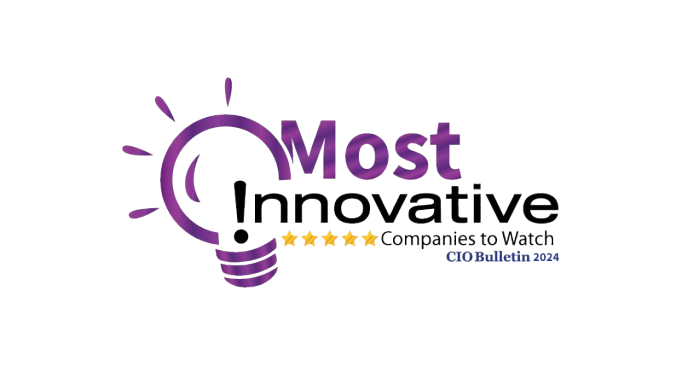Marketing Strategy: A Comprehensive Guide for Success
Welcome to our comprehensive guide on marketing strategy, designed to help businesses achieve remarkable success in the ever-evolving digital landscape. In this article, we will delve into the core principles and best practices that can empower your organization to outrank competitors and drive sustainable growth. Whether you're a seasoned marketer or a business owner looking to optimize your online presence, our expert insights will provide you with actionable strategies to elevate your marketing efforts to new heights.
Understanding the Importance of Marketing Strategy
A well-defined marketing strategy serves as a roadmap for businesses, outlining the objectives, target audience, and key tactics needed to achieve measurable results. By crafting a robust marketing strategy, you can effectively communicate your brand message, build strong relationships with customers, and ultimately drive revenue growth.
Defining Your Business Objectives
Before diving into the tactical implementation, it's crucial to clearly define your business objectives. Whether you aim to increase brand awareness, boost website traffic, generate leads, or enhance customer retention, aligning your marketing strategy with these goals will ensure focused and purposeful efforts.
Identifying Your Target Audience
Understanding your target audience is paramount in developing an effective marketing strategy. Conduct thorough market research to gain insights into your customers' demographics, preferences, and pain points. By segmenting your audience, you can tailor your messaging, select the appropriate channels, and deliver personalized experiences that resonate with each customer segment.
Crafting a Compelling Brand Story
In today's competitive landscape, a compelling brand story is the cornerstone of successful marketing. By connecting with customers on an emotional level, you can differentiate your brand and establish a lasting impression. Here are key elements to consider when crafting your brand story:
Core Values and Mission Statement
Clearly articulate your brand's core values and mission statement. These fundamental pillars define your brand's identity and guide your marketing initiatives. Emphasize how your brand adds value to customers' lives and why they should choose your products or services over competitors'.
Unique Selling Proposition (USP)
Identify your unique selling proposition—the distinctive aspect that sets your brand apart from the competition. Highlight the benefits and value proposition that make your offerings irresistible to customers.
Compelling Visual Identity
Invest in creating a visually appealing and consistent brand identity. This includes your logo, color palette, typography, and overall design aesthetic. A visually cohesive brand enhances recognition and fosters trust among customers.
Conducting Thorough Competitor Analysis
To outrank your competitors, you must first understand their strengths, weaknesses, and strategies. Conduct a comprehensive competitor analysis to gain valuable insights:
Identify Key Competitors
Identify your main competitors within your industry and niche. Analyze their online presence, content strategy, target audience, and engagement levels across various digital channels.
Analyze Content Strategy
Examine the content produced by your competitors. Identify gaps, opportunities, and areas where you can provide more valuable and insightful information. Develop a content plan that addresses these gaps while surpassing the quality and depth of existing content.
Evaluate SEO Practices
Analyze your competitors' SEO practices, including keyword usage, backlink profiles, and on-page optimization. Identify keywords they are targeting and strategize ways to outrank them by offering more comprehensive and authoritative content.
Embracing an Omnichannel Approach
In today's interconnected world, an omnichannel marketing approach is crucial for success. By leveraging multiple channels, both online and offline, you can reach your target audience at various touchpoints, ensuring a seamless customer experience. Here are some key channels to consider:
Search Engine Optimization (SEO)
Invest in a robust SEO strategy to increase your organic visibility in search engine results pages (SERPs). Conduct keyword research, optimize your website's structure and content, and build authoritative backlinks to enhance your website's ranking potential.
Content Marketing
Develop a content marketing strategy that focuses on providing valuable, informative, and engaging content to your target audience. Leverage various formats such as blog articles, videos, infographics, and case studies to cater to different preferences and capture audience attention.
Social Media Marketing
Leverage popular social media platforms to engage with your target audience, build brand awareness, and foster customer loyalty. Develop a social media content calendar and leverage data analytics to measure and refine your social media campaigns.
Email Marketing
Build an email subscriber list and leverage email marketing campaigns to nurture leads, drive conversions, and foster customer loyalty. Personalize your email content, segment your audience, and utilize automation to deliver targeted messages.
Paid Advertising
Consider paid advertising channels such as search engine ads, social media ads, and display advertising to complement your organic efforts. Develop compelling ad copy, conduct A/B testing, and track key metrics to optimize your campaigns' performance.
Measuring and Analyzing Results
To continuously improve your marketing strategy, it's essential to measure and analyze key performance indicators (KPIs). By tracking and evaluating data, you can identify areas for improvement, capitalize on successful tactics, and optimize your marketing efforts.
Set Measurable Goals
Establish specific, measurable, attainable, relevant, and time-bound (SMART) goals aligned with your overall business objectives. This will provide a clear benchmark for evaluating your marketing efforts.
Track Relevant Metrics
Utilize web analytics tools to monitor metrics such as website traffic, conversion rates, bounce rates, and social media engagement. Regularly review these metrics to identify trends, patterns, and areas requiring optimization.
A/B Testing
Conduct A/B tests for various marketing elements, including ad copy, landing pages, and email subject lines. This iterative approach will help you identify winning variations and refine your marketing campaigns accordingly.
Continuous Improvement
Marketing strategy is an ongoing process. Regularly review and refine your strategies based on data-driven insights, industry trends, and customer feedback. Continuously adapt and optimize your approach to ensure long-term success.
Conclusion
By implementing a comprehensive marketing strategy that encompasses brand storytelling, competitor analysis, omnichannel marketing, and data-driven optimization, you can position your business for exceptional growth and outrank competitors in the digital realm. Remember, a successful marketing strategy requires ongoing dedication, adaptability, and a commitment to providing value to your target audience. Embrace the power of strategic marketing, and unlock the full potential of your business in the ever-evolving digital landscape.
Remember, effective marketing strategy is a combination of art and science. Implement these strategies diligently, stay informed about industry trends, and remain flexible to adapt to the evolving needs of your target audience. With perseverance and a commitment to excellence, your business can achieve unprecedented success in the competitive digital landscape.
Featured Resources
Check Our Latest Resources




